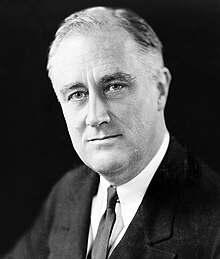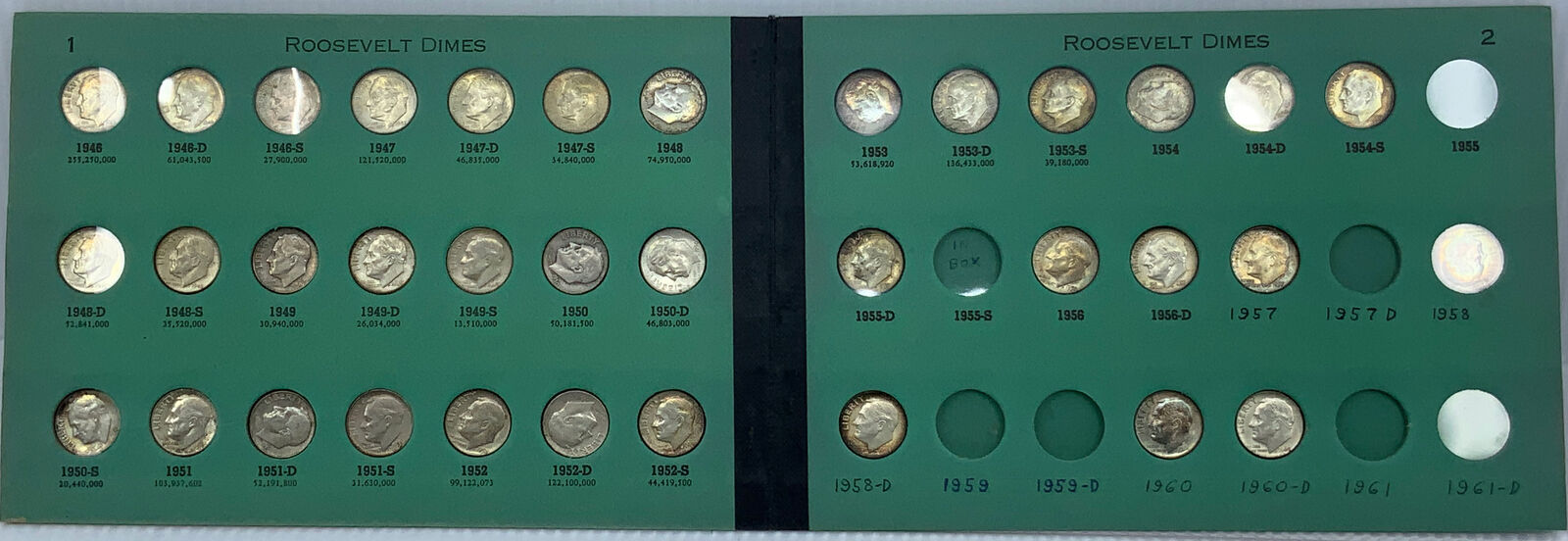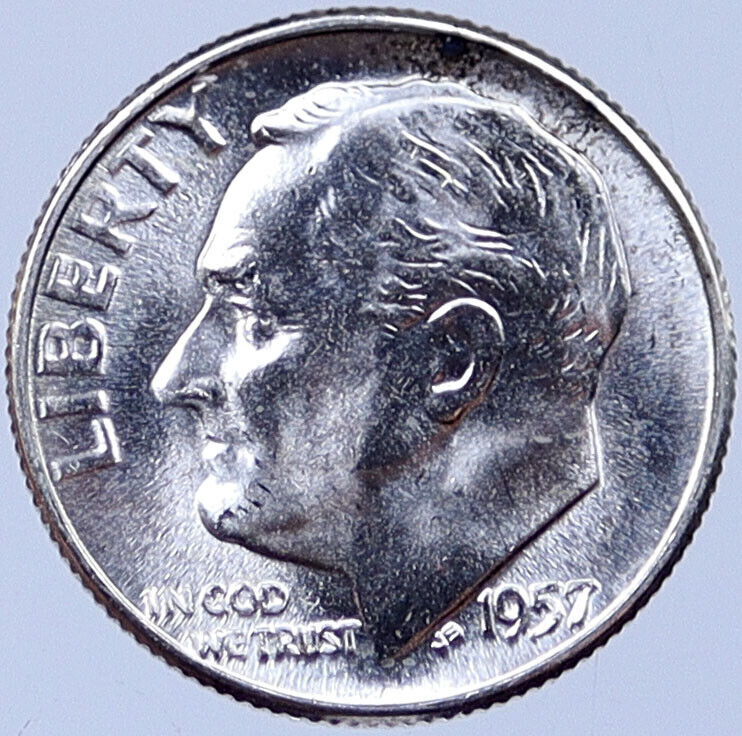|
United States of America
Roosevelt Silver Dime
Silver Dime 18mm (2.49 grams) This coin is 90% silver, and 10%
copper.
LIBERTY IN GOD WE TRUST 1958,
Head of president Franklin D. Roosevelt.
UNITED STATES OF AMERICA ONE DIME,
olive branch, torch and oak branch (symbols of liberty, strength and peace); E PLURIBUS UNUM
“out of many, one” across the fields.
A beautiful coin illustrating
true U.S. Constitutional currency which defined the dollar as a quantity of
silver. What is interesting to note is that United States of America coins,
which were dimes, quarters, half dollars and dollars were made of silver until
1964 as per the mandate of the 1792 Coinage Act. The advantage of currency
backed by precious metals being a medium of exchange that maintains and perhaps
even gains buying power over time. There was little or no inflation when the
ideals of the founding fathers were followed. The idea of paper money was a
piece of paper which was exchangeable for coins at any time. It allowed you to
easily transport your money without having to carry the weight of the gold
silver and non-precious metal USA coins.
Article I, Section. 10 of
U.S. Constitution
“No State shall enter into any
Treaty, Alliance, or Confederation; grant Letters of Marque and Reprisal; coin
Money; emit Bills of Credit; make any Thing but gold and silver Coin as Tender
in Payment of Debts; pass any Bill of Attainder, ex post facto Law, or Law
impairing the Obligation of Contracts, or grant any Title of Nobility.”
It is also interesting to note
that silver is an industrial metal and supplies are being used up at rapid
rates. Silver coins were placed in jugs of water as per it’s anti-microbial
properties. Also when cows were milked, many used or still use silver pails to
catch the milk. Silver is also used in electronics as it is non-corrosive.
Another interesting thing was that at times in history, American people were
actually able to bring their silver to the U.S. mint and get silver coins in
exchange.
The great idea of money is for
it to be plentiful to allow for easy exchange. You see, contrary to popular
belief, US money, even with the 1792 Coinage Act did have what may be described
as fiat, or coins of non-precious metal. The 1 Cent or Penny Coins were made of
copper and the 5 Cent or Nickel coins were made of nickel. However, the
brilliant thing is that the copper and nickel coins were exchangeable for silver
and gold coins. So because of this, there was gold and silver backing, in effect
for the copper and nickel coins. So the amazing thing is that there was
plentiful money, which was issued constantly and did not bear any interest for
it’s use.
So in conclusion, money is an
interesting topic of discussion and study. It can both free and enslave and
there is a lot of good in all types of systems. What is also amazing is that the
money of the United States has the words “In God We Trust”. This makes this
phrase the most written phrase in existence. The more we love people and use
money as a tool for their benefit, the better the world is becoming. We live in
an amazing time and world where we are connected via the internet and where the
best ideas are winning.
Two great documentary films to
watch on this topic is Money Masters and The Secret of Oz.
You are bidding on the exact
item pictured, provided with a Certificate of Authenticity and Lifetime
Guarantee of Authenticity.
The dime is a ten-cent coin, one tenth of a United States
dollar, labeled formally as “one dime”. The denomination was first authorized by
the Coinage Act of 1792. The dime is the smallest in diameter and is the
thinnest of all U.S. coins currently minted for circulation. As of 2011, the
dime coin cost 5.65 cents to produce.
Soon after the death of President
Franklin D. Roosevelt
in 1945, legislation was
introduced by Virginia
Congressman
Ralph H. Daughton
that called for the
replacement of the Mercury dime with one bearing Roosevelt’s image. The dime was
chosen to honor Roosevelt partly due to his efforts in the founding of the
National Foundation for Infantile Paralysis (later renamed the
March of Dimes
), which originally raised money
for polio
research and to aid victims of the
disease and their families. The public had been urged to send in a dime to the
Foundation, and by Roosevelt’s death, the Foundation was already popularly known
as the “March of Dimes.”
Due to the limited amount of time available to design the new coin, the
Roosevelt dime was the first regular-issue U.S. coin designed by a Mint employee
in more than 40 years. Chief Engraver
John R. Sinnock
was chosen, as he had already
designed a Mint presidential medal of Roosevelt. Sinnock’s first design,
submitted on October 12, 1945, was rejected, but a subsequent one was accepted
on January 6, 1946.
The dime was released to the public on January 30, 1946, which would have
been Roosevelt’s 64th birthday. Sinnock’s design placed his initials (“JS”) at
the base of Roosevelt’s neck, on the coin’s obverse. His reverse design elements
of a torch, olive branch, and oak branch symbolized, respectively, liberty,
peace, and strength.
Franklin Delano Roosevelt (January 30, 1882 – April 12, 1945),
commonly known by his initials FDR, was an American statesman and
political leader who served as the
32nd
President of the United States
. A Democrat, he
was elected four times and served from March 1933 to his death in April 1945. He
was a central figure in world events during the mid-20th century, leading the
United States during a time of worldwide economic depression and total war. A
dominant leader of the
Democratic Party
, he built a
New Deal Coalition
that realigned American
politics after 1932, as his
New Deal
domestic policies defined
American liberalism
for the middle third of the
20th century.
With the bouncy popular song “Happy
Days Are Here Again” as his campaign theme, FDR defeated incumbent
Republican
Herbert Hoover
in
November 1932
, at the depth of the
Great Depression
. Energized by his personal
victory over
polio
, FDR’s persistent optimism and activism
contributed to a renewal of the national spirit. Assisted by key aide
Harry Hopkins
, he worked closely with British
Prime Minister
Winston Churchill
and Soviet leader
Joseph Stalin
in leading the
Allies
against
Nazi Germany
,
Fascist Italy
and
Japan
in
World War II
.
In his
first hundred days
in office, which began March
4, 1933, Roosevelt spearheaded major legislation and issued a profusion of
executive orders that instituted the
New Deal
—a variety of programs designed to
produce relief (government jobs for the unemployed), recovery (economic growth),
and reform (through regulation of Wall Street, banks and transportation). The
economy improved rapidly from 1933 to 1937, but then relapsed into a deep
recession. The bipartisan
Conservative Coalition
that formed in 1937
prevented his
packing the Supreme Court
. For the rest of his
days in office it blocked all proposals for major liberal legislation (apart
from a minimum wage law). It abolished many of the relief programs when
unemployment practically vanished during the war. Most of the regulations on
business continued in effect until they ended about 1975–1985, except for the
regulation of Wall Street by the
Securities and Exchange Commission
, which still
exists. Along with several smaller programs, major surviving programs include
the
Federal Deposit Insurance Corporation
, which
was created in 1933, and
Social Security
, which Congress passed in 1935.
As World War II loomed after 1938, with the Japanese invasion of China and
the aggression of
Nazi Germany
, FDR gave strong diplomatic and
financial support to China and Great Britain, while remaining officially
neutral. His goal was to make America the “Arsenal
of Democracy” which would supply munitions to the
Allies
. In March 1941, Roosevelt, with
Congressional approval, provided
Lend-Lease
aid to the countries fighting
against Nazi Germany with the
United Kingdom
. With very strong national
support, he made war on Japan and Germany after the Japanese
attack on Pearl Harbor
on December 7, 1941,
calling it a “date
which will live in infamy“. He supervised the mobilization of the
U.S. economy to support the Allied war effort. As an active military leader,
Roosevelt implemented an overall war strategy on two fronts that ended in the
defeat of the
Axis Powers
and the development of the world’s
first
Nuclear bomb
(commonly called the atom bomb at
the time). In 1942 Roosevelt ordered the
internment
of 100,000
Japanese American
civilians.
Unemployment dropped to 2%, relief programs largely ended, and the industrial
economy grew rapidly to new heights as millions of people moved to new jobs in
war centers, and 16 million men and 300,000 women were drafted or volunteered
for military service. All economic sectors grew during the war. Farm output went
from an index (by volume) of 106 in 1939 to 128 in 1943. Coal output went from
446 million tons in 1939 to 651 in 1943; oil from 1.3 billion barrels to 1.5
billion. Manufacturing output doubled, from an index of 109 in 1939 to 239 in
1943. Railroads strained to move it all to market, from an output of 13.6
billion loaded car miles in 1939 to 23.3 in 1943.
Roosevelt dominated the American political scene during the twelve years of
his presidency, and his policies and ideas continued to have significant impacts
for decades afterward. He orchestrated the
realignment
of voters that created the
Fifth Party System
. FDR’s
New Deal Coalition
united labor unions, big
city machines, white ethnics, African Americans, and rural white Southerners.
His work also influenced the later creation of the
United Nations
and
Bretton Woods
. Roosevelt is consistently rated
by scholars as one of the
top three U.S. Presidents
, along with
Abraham Lincoln
and
George Washington
.
Theeee Coinage Act
or the Mint Act, passed by the
United States Congress
on April 2, 1792,
established the
United States Mint
and regulated the coinage of
the United States. The long title of the legislation is An act establishing a
mint, and regulating the Coins of the United States. This act established
the silver
dollar
as the unit of money in the United
States, declared it to be lawful tender, and created a
decimal
system for U.S. currency.
By the Act, the Mint was to be situated at the
seat of government
of the United States. The
five original officers of the U.S. Mint were a Director, an Assayer, a Chief
Coiner, an Engraver, and a
Treasurer
(not the same as the
Secretary of the Treasury
). The Act allowed
that one person could perform the functions of Chief Coiner and Engraver. The
Assayer, Chief Coiner and Treasurer were required to post a $10,000 bond with
the Secretary of the Treasury.
Although some of the provisions in the 1792 Coinage Act were adjusted as time
went by, the majority of the rules specified in this Act remained in effect for
many decades. Essentially, it provided the basic framework on which all
subsequent coinage production was based. While the first draft of the Act
stipulated that all coins would employ a portrait of the president on the
obverse, the final version called for an image emblematic of liberty. The Act
also authorized construction of a
mint building in Philadelphia
, the nation’s
capital. This was the first federal building erected under the
United States Constitution
. Mint director
David Rittenhouse
laid the building’s
cornerstone
on July 31.
On May 8, 1792 An Act to Provide For a Copper Coinage was signed into
law by President
George Washington
. This legislation resulted in
the birth of the copper cent, from which descends today’s one cent piece. The
Act also stipulated that “the director of the mint… be authorized to contract
for and purchase a quantity of copper, not exceeding one hundred and fifty
tons… to be coined at the mint into cents and half-cents… and be paid into
the treasury of the United States, thence to issue into circulation.”
Furthermore, “no copper coins or pieces whatsoever except the said cents and
half-cents, shall pass current as money, or shall be paid, or offered to be paid
or received in payment for any debt, demand, claims, matter or thing
whatsoever.”
Effects
Merchants and bankers were reluctant to bring silver bullion to the Mint
because the disclosure of the illegal silver standard that was previously in
effect. The silver coinage of 1794 and 1795 employed a 0.900 fine standard
instead of the 0.8924+ standard (317.25/416=0.89242788461) as prescribed in the
Mint Act of April 2, 1792 (Heritage Coin Auction #390, Vol III, p. 117). The
most immediate effect of this practice was that depositors ended up paying an
addition 2.5 grams of silver bullion (about 10% extra) for every dollar they
received (Taxay, 1966, p. 89). When this became widely known, bullion deposits
brought to the mint declined significantly in 1796 and 1797.
Authorization
and free coinage
The Act authorized production of the following coins:
|
Eagles
|
$10 |
247 4/8
grain
(16.0 g) pure or 270 grain (17.5
g) standard gold
|
|
Half Eagles
|
$5 |
123 6/8 grain (8.02 g) pure or 135 grain (8.75
g) standard gold |
|
Quarter Eagles
|
$2.50 |
61 7/8 grain (4.01 g) pure or 67 4/8
grain (4.37 g) standard gold |
Dollars
or Units |
$1 |
371 4/16 grain (24.1 g) pure or 416 grain
(27.0 g) standard
silver
|
|
Half Dollars
|
$0.50 |
185 10/16 grain (12.0 g) pure or 208 grain
(13.5 g) standard silver |
|
Quarter Dollars
|
$0.25 |
92 13/16
|
|
Disme
|
$0.10 |
37 2/16 grain (2.41 g) pure or 41 3/5
grain (2.70 g) standard silver |
| Half Disme
|
$0.05.05 |
18 9/16 grain (1.20 g) pure or 20 4/5
grain (1.35 g) standard silver |
|
Cents
|
$0.01 |
11
pennyweights
(17.1 g) of
copper
|
|
Half Cents
|
$0.005 |
5 1/2 pennyweights (8.55 g) of copper |
The coins were to contain the following markings:
- One side was to have an impression emblematic of liberty, with the
inscription “Liberty”, and the year of the coinage.
- The reverse side of each of the gold and silver coins was to have the
figure or representation of an eagle with the inscription “UNITED
STATES OF AMERICA.”
- The reverse of the copper coins was to have an inscription expressing
the denomination.
The Act defined the proportional value of gold and silver as 15 units of pure
silver to 1 unit of pure gold. Standard gold was defined as 11 parts pure gold
to one part alloy composed of silver and copper. Standard silver was defined as
1485 parts pure silver to 179 parts copper alloy. The Act also specified the
dollar as the “money of account” of the United States, and directed that all
accounts of the federal government be kept in dollars, “dismes“,
cents
, and “milles“,
a mille being one-tenth of a cent or one-thousandth of a dollar. The silver
content of a dollar under this act was almost exactly equal to 1/5
of the silver content of the contemporary British
pound sterling
, or 4 British shillings.
Under
Sec.14
, any person could bring gold or silver
bullion and have it coined free of charge, or later for a small fee, exchange it
immediately for an equivalent value of coin. The paragraph summary states:
“Persons may bring gold and silver bullion, to be coined free of expense;”
Quality control
measures were implemented in
that from each separate mass of gold or silver used to produce coins, three
coins were set aside by the treasurer. Each year on the last Monday in July,
under the inspection of the
Chief Justice
, the Secretary and Comptroller of
the Treasury, the
Secretary of State
, and the
Attorney General
, the coins were to be
assayed
and if the coins did not meet
established standards, the officers were disqualified from office. The meetings
later became formalized as the
United States Assay Commission
, which continued
meeting until it was disbanded in 1980.
Section 19 of the Act established a penalty of death for debasing the gold or
silver coins authorized by the Act, or embezzlement of the metals for those
coins, by officers or employees of the mint; this section of the Act apparently
remains in effect and would, in theory, continue to apply in the case of “any of
the gold or silver coins which shall be struck or coined at the said mint.” (At
present the only gold or silver coins struck by the US mint are the
American Silver Eagle
and the
American Gold Eagle
coins, some
Proof coinage
at the
San Francisco Mint
, such as the silver
US State Quarters
, and much of the
Commemorative coinage of the United States
.)
All other sections of the act have been superseded, as for example the
Coinage Act of 1834
changing the silver-to-gold
weight ratio. Various acts have subsequently been passed affecting the amount
and type of metal in U. S. coins, so that today there is no legal definition of
the term “dollar” to be found in U. S. statute. Current statutes regulating
coinage in the United States may be found in
Title 31 of the United States Code
.
See also
-
Coinage Act of 1834
-
Coinage Act of 1849
-
Coinage Act of 1857
-
Coinage Act of 1864
-
Coinage Act of 1873
-
Coinage Act of 1965
-
Mill (currency)
|








